How to Buy An Engagement Ring: A Step-by-Step Guide
Key Takeaways
- Understand the Four Cs of diamond quality, but, most important, understand how knowing them can help you to save thousands on your diamond, without compromising on quality.
- Figure out your partner’s style, any hints they may have dropped, and what features will live up to their expectations. This is something you can start off doing on your own but, eventually, discuss in detail with your jeweler.
- Speaking of which, the most surefire way to find a beautiful engagement ring is to reach out to a reputable local jeweler, who can give you the time and expertise you need to make a good choice.

You can put aside Cupid’s arrow, pocket those handfuls of rose petals, pack away the fireworks and send the string quartet home for the time being – although, let’s face it, the string quartet might be a bit much – because buying an engagement ring is serious, and occasionally stressful, business.
That said, it doesn’t need to be half as stressful as some guys make it out to be. Provided you know your stuff when it comes to diamonds – by the way, you might as well get used to hearing the phrase ‘the four Cs’ right now – settings, your budget, and being a little secretive (all for a good cause), it’s a process you’ll sail through.
We’re all about preparing you for that moment you roll up to your consultation, but remember that the aim isn’t necessarily for you to walk through that door until you know exactly what you want. Instead, the aim is to be able to collaborate with your jeweler from a pretty solid standpoint of theoretical knowledge, and the unique knowledge about your partner that will inevitably shape your choice.
- The Basics
- What are the Four Cs?
- Why Do You need to Know the Four Cs?
- What Are Brilliance and Fire?
- The Steps
- Set the Budget
- Work Out Her Style
- Shape Up
- Consider the Setting…
- …And the Metal
- Get Her Size
- Find Your Jeweler
- Buy the Diamond
- Make it Special
- Bring it Home
- Frequently Asked Questions
The Basics
Know your ABCs – or, in this case, just the Cs – of diamonds, and the entire process of buying an engagement ring will suddenly look a lot less daunting, and a lot more enjoyable.
What are the Four Cs?
Four factors which, together, offer an easy way of conveying any diamond’s quality and value: color, clarity, cut and carat (weight). Learning how to balance the 4Cs when shopping for a diamond engagement ring will allow you to save money while not compromising on her dream ring.
The name of this diamond, for instance, may look like a coded message at first, but, once you learn how to interpret the different letters and numbers in its name, it will get much, much easier for you to know which ones could make good investments, and which ones should be passed over.
From the title alone, we can learn about all four of the diamond’s Cs, and understand that this Emerald diamond is a large, 3.02 carat diamond with a G grade color and very slight inclusions. But how?
- Color
Best to Worst: D, E, F … X, Y, Z
Yes, even if you know you’re looking for a clear diamond, color remains an important factor.
Clear diamonds (that is, diamonds without any colorful hue like red, blue, or green) range from the crystal clear – that is, a grade D – to those with a distinctly yellow stain to them. As you might have guessed, this yellowish coloration is not considered desirable, and will drastically alter the diamond’s value on the market.
It’s highly unlikely you’ll notice the difference between a D grade diamond and an E grade diamond, or even an F grade diamond. Once you get to around an H, however, the yellow tint starts to become noticeable, so it’s not a good idea to go below this.
- Clarity
Best to Worst: FL, IF, VVS1 and VVS2, VS1 and VS2, SI1 and SI2, I1, I2, and I3
All diamonds have inclusions (internal flaws), but some aren’t noticeable without extreme magnification. If this is the case, the diamond will be labeled FL or IF (Flawless or Internally Flawless).
For the 99.99%, however, the diamond’s inclusions will be mapped out – a little like a cop taking fingerprints – and this will significantly impact the diamond’s value.
Very Very Slight (VVS) inclusions, and even some Very Slight (VS) inclusions will hardly be noticeable to the naked eye. This is known as ‘eye cleanliness’, and the sign of an excellent diamond. A Slightly Included (SI) or Included (I) diamond will be much more affordable, but will have some imperfections visible to the naked eye.

- Cut
Best to Worst: EX, VG, G, F, and P
These abbreviations stand for Excellent, Very Good, Good, Fair and Poor, and they identify how well a diamond has been cut into shape.
Diamond cutting is a complex process and, while the subtle differences in quality are likely invisible to non-experts, this is yet another factor that significantly impacts a diamond’s value.
- Carat
Anywhere from one hundredth of a carat to thousands of carats.
Diamonds are pretty light. One Carat is equal to 0.2 grams, so you don’t need to worry about weighing your bride-to-be’s hand down with something that weighs as much as a small bolder.
Diamond rings tend to use diamonds no smaller than 0.75 carats, and the average engagement ring features a diamond around one carat in size, if that helps put things into perspective – although many modern brides are looking for a diamond over one carat, to really send a message.
The 4Cs will carry you through most of your diamond search.
Why Do You Need to know the Four Cs?
You need to know the Four Cs in order to make an informed and savvy investment into the most expensive part of your engagement ring: the diamond.
The history of the four Cs stems back to the 1940s, when the founder of the Gemological Institute of America (GIA) realized the need for a formal and concise method for identifying the value of any diamond passing through a collector or jeweler’s establishment.
It provides a quick and easy frame of reference – one that is invaluable to those of us who, in other circumstances, would probably look at a row of diamonds and assume they were all identical. Looking at the diamonds GIA certificate – or, more specifically, those four grades – will mean you can get the very most in quality out of your investment.
In essence, when venturing out into the world of diamond engagement rings, the decisions you’ll need to make are endless and the stress and anxiety can quickly take over. With the Four Cs to refer back to whenever you need a little grounding, you’ll find everything much simpler.
What Are Brilliance and Fire?
While both are terms used when discussing a diamond’s sparkle, brilliance refers only to the bright flashes of white light made by the gemstone, while fire refers to the colored flashes.
All diamonds sparkle, and the combination of fire and brilliance is often referred to as the diamond’s light performance.
Again, why do you need to know this? Because these are phrases that would otherwise go right over your head, in spite of the fact that they tell you something very important about the diamond. If you’re hoping to get a diamond with that bright, star-like sparkle, you’ll want to focus your search on cuts that achieve more brilliance than fire – for instance, the Round cut.
What Should I Look for When Buying a Diamond?
An official GIA Report, a price that is suitable to the diamond’s quality as described within that report, a beautiful cut and sparkle…and something we can’t quite put into words.
There’s no ‘quick fix’ for buying a good diamond – and that’s part of the reason why we don’t believe that buying engagement rings online will ever replace the more traditional route via the jewelry store.
The only way to make the process as smooth and simple as possible is to educate yourself, understand why some diamonds are considered so much more valuable than others of a similar size and shape, and work out where your budget places you with regards to that long spectrum of quality
The Steps
With the basics under your belt, the next line of reassurance we can offer you is this: the entire process can be broken down into manageable stages. Not only that, but the entire process will run much more smoothly if you break it down, first.
- Set the Budget
You’ve most likely heard that you should spend two or three months of your salary on an engagement ring. Well, guess what? That’s a clever marketing ploy – although it can provide a handy frame of reference if you need one.
You can spend however much or little on a ring as you like. What’s most important is that you look at your budget, figure out what you can afford, and get educated on where the bulk of your money should go, and where it’s worth economizing. The rules are the same whether you’re heading into the jewelry store with $3,000 or $30,000.
The most important thing to remember? Don’t go into your consultation without a definitive number in your head.
- Work Out Her Style
The second step in creating your partner’s dream ring is working out who she is.
Now, obviously you know who your girlfriend is – or, at least, we hope so. Still, knowing someone like the back of your hand doesn’t necessarily mean that you can instantly break their style down into a few keywords – although having those keywords will be invaluable as you progress.
Is the jewelry in her jewelry box flashy or a little simpler? Are her favorite rings modern-looking with clean lines, or ornate with a vintage vibe? Also, take a note of the metals she leans toward – are her existing pieces are mostly made of white or yellow gold?
If she doesn’t wear that much jewelry, take a look at her closet and you’ll get a good idea of what would suit her. Is her style gracefully understated, or super ‘out there’?

- Shape Up
After figuring out her style, you’ll find it easier to start narrowing your options down – first of all, with the diamond’s shape.
From the traditional Round, Oval and Marquise cuts to the more fashionable Pear, the mesmerizing Emerald and Asscher, and the coveted Princess, there’s a massive array for you to choose from. You can read more about the Best Engagement Rings for Any Style, and also keep in mind that your jeweler will be great for collaborating with.
Provided you can give them those keywords, and sum up your girlfriend as accurately as possible, your jeweler will be best-placed to help educate you on which shapes are more suitable for your bride-to-be based on her style.
- Consider the Setting…
There are many, many different types of ring settings out there, and you’ll need to consider two different factors when running through your options:
- Your girlfriend’s style (again)
- How each setting will look with your chosen diamond shape
Some ring settings are simple and chic, while others are more intricate, or more modern, or more traditional – and this is where knowing your girlfriend’s style will prove invaluable once again.
What’s more, some settings will impact your diamond’s innate sparkle more than others, so brush up on your knowledge and dedicate plenty of time to balancing the pros and cons of your list of ‘Maybes’.
Obviously, a person with a more active lifestyle probably won’t want a ring that sticks out too much, in which case you might want to look into a bezel or flush setting. Of course, your diamond is the focus, but how it’s set in the ring is a high priority.
- …And the Metal
Your four main choices when it comes to the metal in your setting are platinum, white gold, yellow gold, and rose gold.
Platinum is probably going to work out to be the most expensive choice. While this metal is less expensive than gold, it can be used at a much higher purity, meaning more of it is required to make a ring. It’s incredibly popular for engagement rings not just because it’s highly durable, but also because it shines incredibly bright, and adds extra shine and sparkle to a beautiful diamond.
Gold, however, has a certain allure that humans haven’t been able to resist for thousands of years. Its warm, rich hue offers a stunning contrast to a clear diamond, whether you opt for yellow or rose gold, while the coolness of white gold offers the perfect alternative to platinum if you’re on a tighter budget.
Gold can slightly impact the coloration of a diamond, but many wearers appreciate this as part of the ring’s charm.
- Get Her Size
It sounds obvious, but we have to say it anyway: don’t attempt to guess your girlfriend’s ring size.
If she already wears a ring on her ring finger, then you’re in luck. If not, you might have to get some help from her girlfriends or mom – or, if you’re brave enough, take a measurement while she’s napping.
Either way, make sure you find out her ring size ahead of time.
- Find Your Jeweler
Willyou.net offers certified diamonds and expert advice to make this process as smooth and enjoyable as possible, but it’s all created with a specific end in mind: the moment you meet with your perfectly matched local diamond jeweler.
Although it’s encouraged to begin your diamond search online, we highly recommend meeting with a local diamond jeweler in person to make sure you’re getting exactly what you want.
So, how do you find the right jeweler? At WillYou.Net, we’re passionate about connecting shoppers with reputable and experienced local jewelers, which means that you can put your trust into our Jewelry Store Locator to find a jeweler in your area who meets our high standards – and yours.

- Buy the Diamond
This is the biggie – where the bulk of your money is going to go. We’d be surprised if you weren’t daunted by the thought, even with all this info on your side. Nevertheless, with an experienced jeweler at your side, you’ll find infinitely more confidence as soon as you walk through that door.
We mentioned above how eye cleanliness is the key to finding a great diamond. Chances are that size will be at the forefront of your mind – that, and the diamond’s shape. This will narrow down your options a lot and, after that, it’s about experimenting with the different grades for clarity and color until you find a diamond that looks perfect, even if, under the microscope, it’s noticeably imperfect.
Go for an excellent or ideal cut for a truly beautiful diamond. For color, look for something in the G-I range, almost identical to D-F diamonds, to save money. As for clarity, you’ll probably want to check out a VS1 or VS2 diamond, since inclusions and blemishes aren’t that noticeable at these grades. If a diamond is beautiful and sparkles nicely, a minuscule difference in carat weight won’t really matter. Focus on the other three Cs and figure out how many carats your budget will allow for.
Besides, remember that inclusions are part of the diamond’s history. They are unique, just like a fingerprint. Price can vary dramatically between two diamonds that are seemingly identical to the naked eye, so don’t go way over budget on a diamond that is only better on paper.
Remember that an authentic diamond will come with a certificate from the GIA. This certificate ensures that you’re getting the exact diamond you paid for.
- Make it Special
It’s easy to make a ring even more special, especially when you’re working with a true craftsman. For instance, small customizations like an engraving on the inside of the shank (band) go a long way toward making something unique, so think of something that only she will understand to make it your own.
- Bring it Home
We can’t offer much help beyond this point. Once you finally have that diamond ring in your pocket, hidden way up high on top of the cabinets, or tucked away in the very back of your sock drawer, the rest really is up to you.
Frequently Asked Questions
Still feeling a little lost? That’s natural – just take a look at our FAQ to answer all those burning questions.
How Much Are You Supposed to Spend on an Engagement Ring?
While there is no set amount to spend, some people still prefer to use the old ‘two months’ salary’ rule. We recommend setting aside a minimum of $2,000-$3,000 to ensure you can get a great diamond of a respectable size, and the best quality ring possible.
Again, there are no rules, and you don’t need to spend years saving up every last penny to find the perfect ring. Part of the beauty of working with a jeweler is being able to fit your plans to your budget, and work out a way of realizing your vision without breaking the bank.
How Long Does it Take to Find an Engagement Ring?
Generally between two and six weeks, from doing your research to finding a good jeweler, arranging your consultation, approving the design and diamond, and going to pick up the completed piece.
Let’s face it, we could all go onto one of the big engagement ring builders right now and create something genuinely beautiful in a matter of minutes. We could be at the checkout, pretty confident in our choice, faster than it takes you to finish reading this article.
That is ‘convenience’ in a nutshell, but is it appropriate given the importance and once-in-a-lifetime status of an engagement ring? No – not at all. And, sure, you could spend hours on those sites checking every style, shape, and color imaginable, but it wouldn’t be hard for you to run up against that solid, brick wall of shoppers’ fatigue.
Look at it this way. You won’t spend hours in a consultation with your jeweler, but you’ll probably get a lot closer to the ultimate, personalized design than you would if you were left to your own devices the build the ring all on your own.
So, how long should it take? As long as it takes – so long as it isn’t so brief that you don’t cover your bases, or so lengthy that everything starts to look the same to you.
Is it Bad to Buy an Engagement Ring Online?
While the internet is great for research, we would never recommend anyone take the risk of buying their engagement ring online.
An investment this momentous can never be taken lightly. Both in terms of the financial implications, and the emotional baggage attached to it, your engagement ring (not to mention your girlfriend) deserves the care, precision, and finesse of an experienced jeweler.
Look at it this way. You could place an order for an engagement ring online in the next five minutes – faster than it would take you to finish reading this article. And, even if you put a little more thought into it than that, you’d still have missed out on one aspect of buying an engagement ring that we consider indispensable: the experience of buying it.
Beyond the process of choosing, paying, and receiving your ring once it’s finished, there are so many conversations to be had. Conversations about the ring’s style, the diamond, your girlfriend – all of which will feed into the final design, and create a ring that no one else has, or will ever, receive.
Even the most traditional diamond solitaire will be unique if it is made in these circumstances.
What is a Jewelry Consultation?
An opportunity for you to meet with your jeweler one-on-one and discuss your ideas, your girlfriend’s individual tastes, and any specific questions you might have about the ring.
While we can – and will – shore you up with all the theoretical information you could possibly need, the time will come where you need to fill those gaps with the help and skills of your jeweler.
This will be your opportunity to ‘connect the dots’, and to finally work out what form your engagement ring is going to take.
When Should I Go to the Jewelers?
When you feel ready. Some people will head over to the jewelry store as soon as they’ve got their heads around the basics of diamonds and ring settings, while others will settle upon a design and book their appointment to finalize the smaller details.
You don’t need us to tell you whether or not it’s time to propose, but we can give you plenty more information if you’re still feeling a little lost over settings, diamond shapes, customization, or metal.
Everyone is different and, for some, jumping in at the deep end with only a vague idea for the final product is ideal. For the rest of us, working methodically through each stage in the process is the best possible approach.

Nov 8, 2022 By Willyou.net
Best Diamonds And Style: Pick The Perfect Engagement Ring
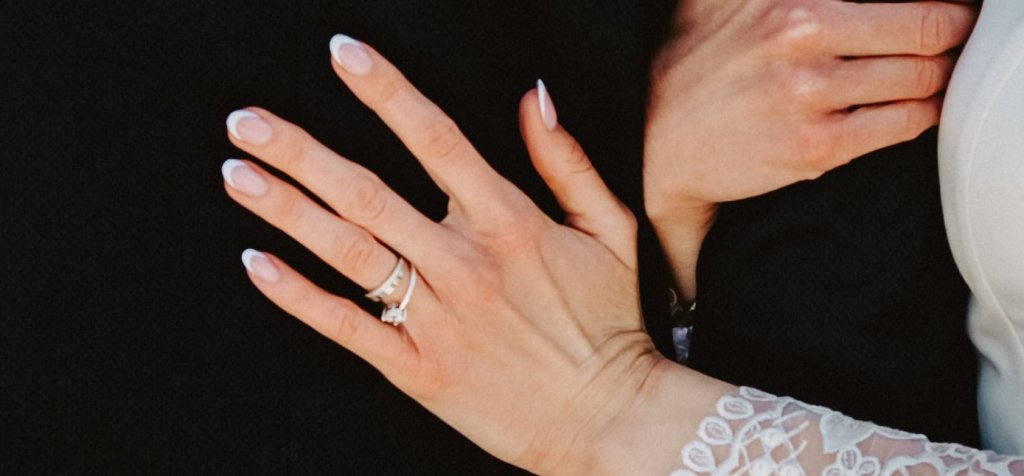
Mar 26, 2022 By Willyou.net
Heirloom Diamonds: A Family Tradition Symbol Of Love

Mar 26, 2022 By Willyou.net
Engagement Ring Head Styles For The Modern Bride

Mar 26, 2022 By Willyou.net
A Guide To Choosing The Perfect Temporary Engagement Ring

Mar 17, 2022 By Willyou.net
Small Diamond Engagement Rings: Big Sparkle Comes In Little Packages

Mar 17, 2022 By Willyou.net
The Art Of Ring Making: A Behind-The-Scenes Look
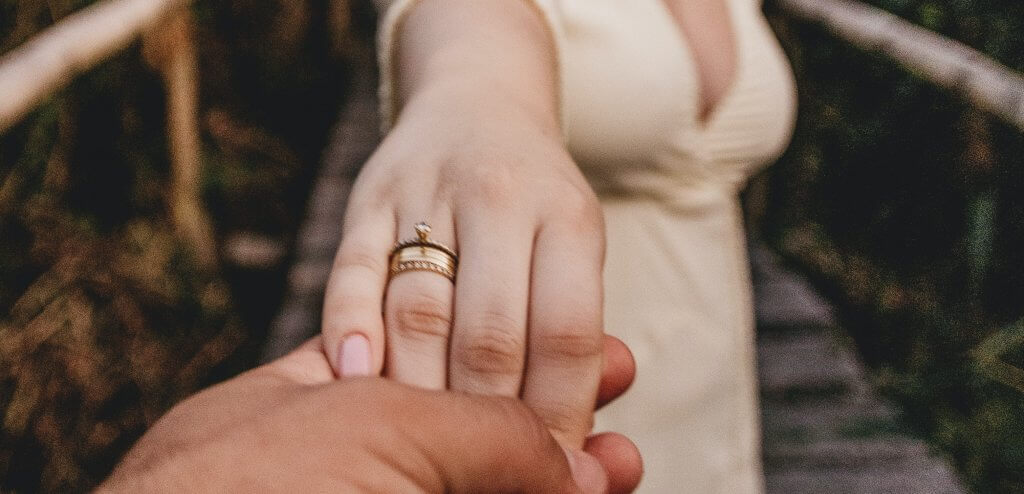
Mar 12, 2022 By Willyou.net
The Ultimate Guide To Finding Engagement Rings Under $2500

Aug 31, 2021 By Willyou.net
The Truth About Buying Diamond Rings Online
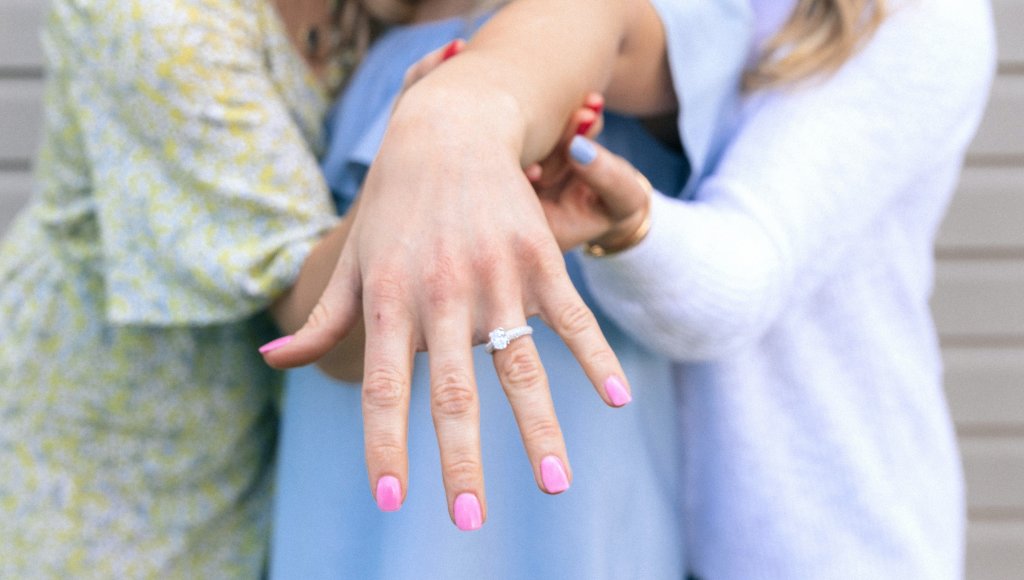
Aug 31, 2021 By Willyou.net
Discover The Best Engagement Ring Brands

Aug 31, 2021 By Willyou.net
The Smart Way To Plan For An Engagement Ring Purchase
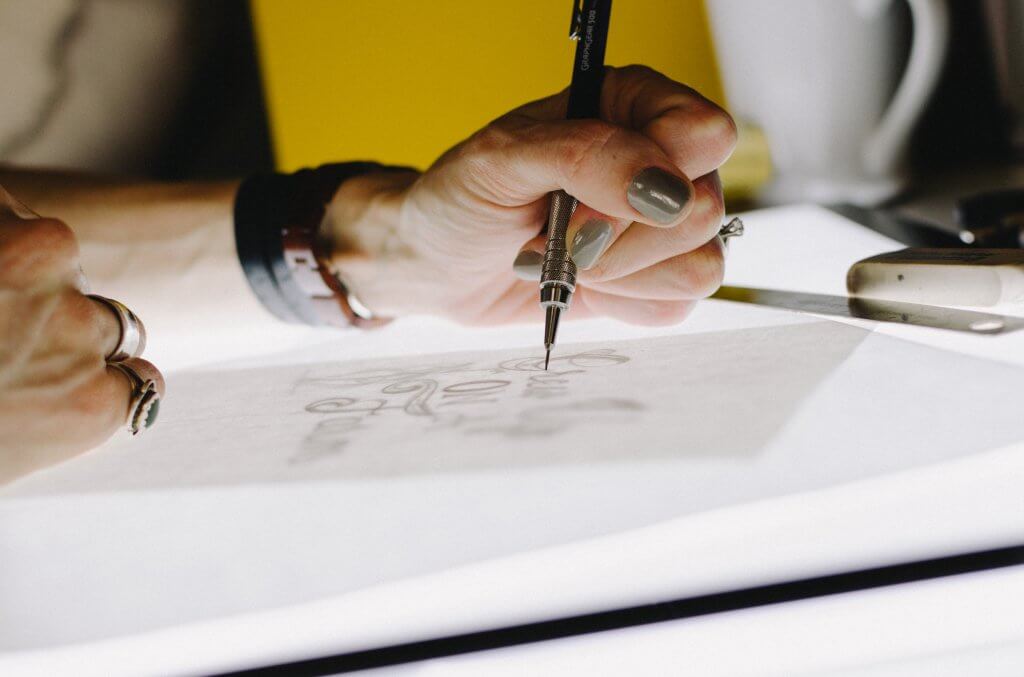
Aug 17, 2021 By Willyou.net
Step-By-Step Guide To Designing An Engagement Ring

Aug 17, 2021 By Willyou.net
Wedding Ring Budgeting: How Much Should You Spend
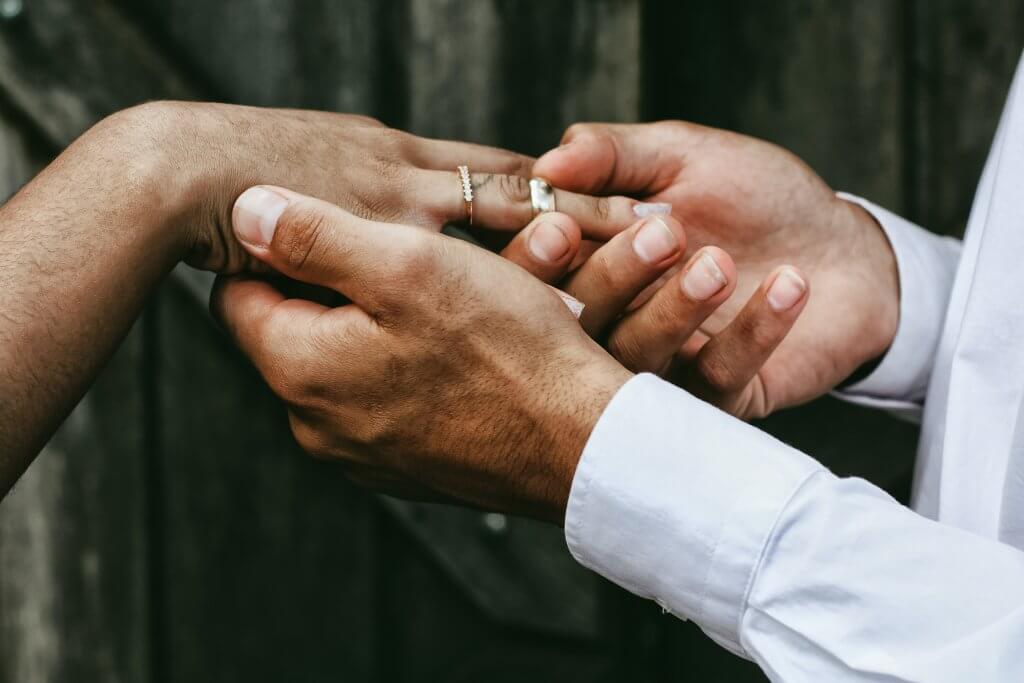
Aug 17, 2021 By Willyou.net
Discover The Best Metal For Your Wedding Ring

Aug 17, 2021 By Willyou.net
Bling Up Your Look: Bridal Ring Sets

Aug 17, 2021 By Willyou.net
Time To Shine: Mixed Metal Engagement Rings

Aug 17, 2021 By Willyou.net
How To Keep Your Diamond Ring Sparkling: Ring Care

Aug 17, 2021 By Willyou.net
Maximizing Your Budget: Engagement Rings $3000-$5000

Aug 17, 2021 By Willyou.net
Discover The Charm Of Skinny Band Engagement Rings: The Ultimate Guide

Aug 17, 2021 By Willyou.net
Get A Fair Value For Your Diamond Ring: Appraisal Guide

Aug 17, 2021 By Willyou.net
Engagement Rings Vs Wedding Rings: What’S The Difference?

Aug 16, 2021 By Willyou.net
Get The Best Deal On An Engagement Ring: Timing Is Everything
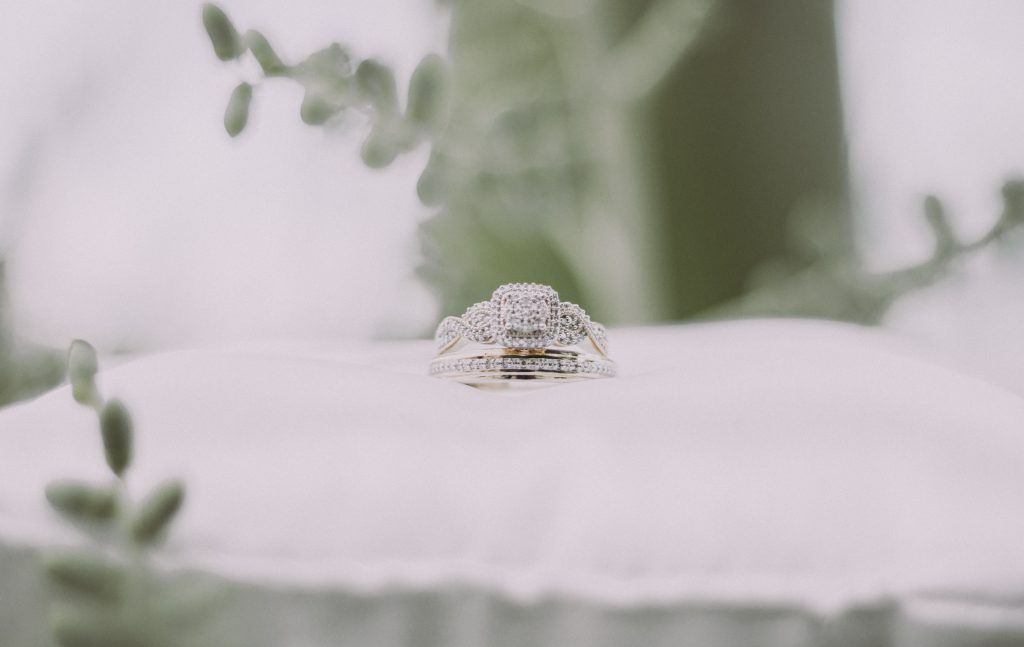
Aug 16, 2021 By Willyou.net
$10000 Diamond Ring Budget: Get The Most Bling For Your Buck.

Aug 16, 2021 By Willyou.net
Where Is The Best Place To Buy An Engagement Ring?








